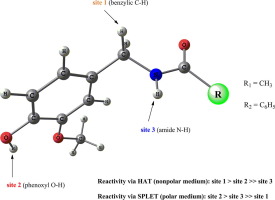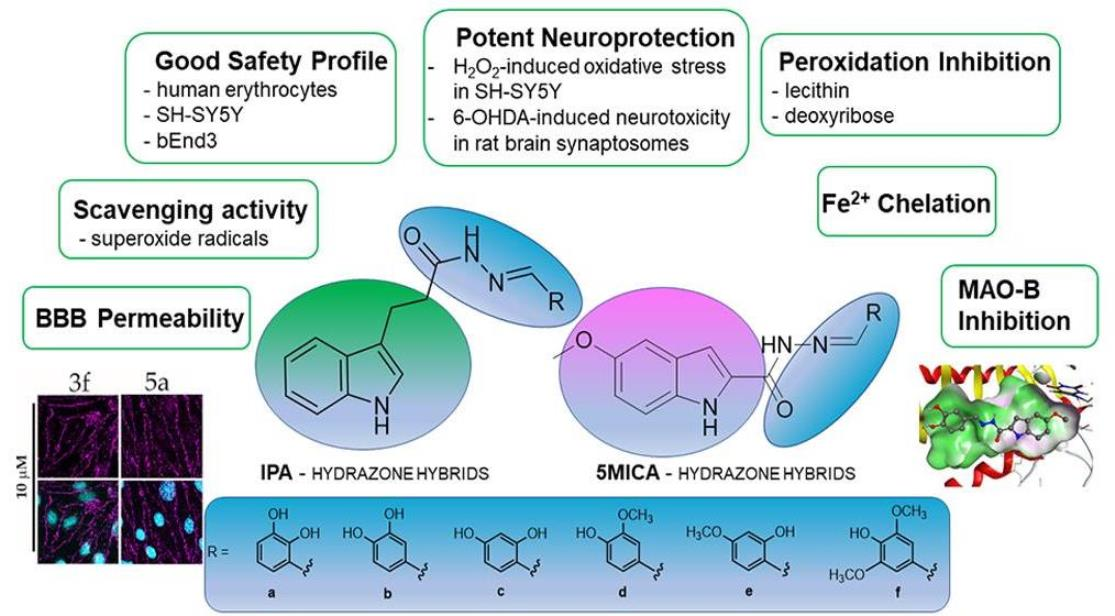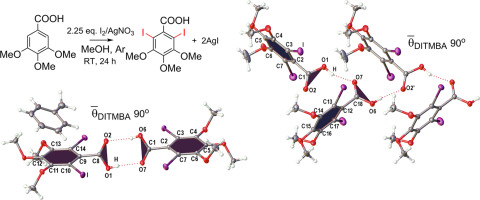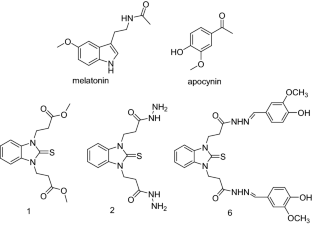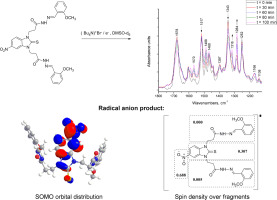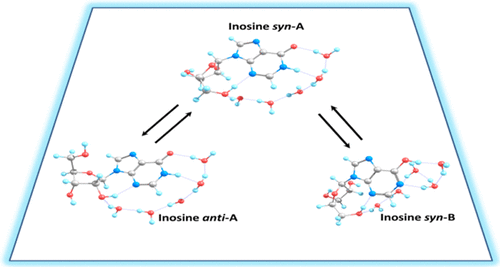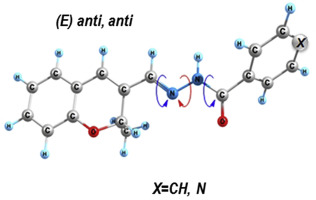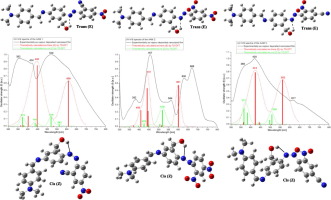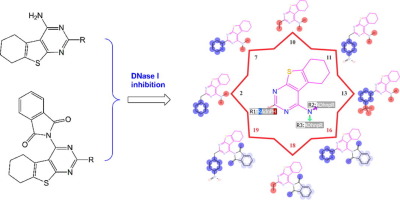LABORATORY STRUCTURAL ORGANIC ANALYSIS
Research interests

The basic research topics are in the interdisciplinary field of the structural organic analysis, carried out experimentally (by means of vibrational spectroscopy and X-ray diffraction) as well as theoretically (on the basis of modern non-empirical quantum-chemical methods). The research object is a large series of organic compounds (biologically active compounds, food additives etc., including isotope labelled ones), their hydrogen-bonded complexes as well as anions-intermediates in important chemical reactions. The results obtained make it possible to follow the spectral and structural variations, caused by the conversion of organic molecules into complexes and anions, as well as elucidation of the structure Ė activity relationship.
“he scientific expertise of the Group of Molecular Electronic Spectroscopy covers experimental investigations by UV-VIS absorption, steady-state and dynamic luminescent spectroscopy aiming at elucidation of the relationship between the structure (chemical and electronic) of conjugated organic compounds and the deactivation processes of their singlet and triplet electronically excited states.
The photophysical and photochemical properties of more than 800 organic compounds and dyes are studied, including pyrazolones, oxazolones, benzthiazoles, triazoles, benzopyranes, benzylidenephthalides, indanediones, indenones, coumarines and izo-coumarines, naphthiridines, perylene dyes, acridines, pyrylium and xanthilium dyes, porphyrins, merocyanine and asymmetric monomethincyanine dyes, etc.
Our research is directed to the possible application of the studied compounds as fluorescent markers for polymers, biopolymers and nanoparticles, and as bio- and chemical sensors.
The research of the Group of Vibrational spectroscopy is focused on infrared linear dichroism of molecules oriented in nematic liquid crystal matrices and infrared ellipsometric studies of thin films and self-assembled monolayers on metallic and silicon surfaces.
A recent research topic of the Laboratory ďStructural Organic AnalysisĒ is identification and study of Bulgarian historical and artistic objects by means of analytical techniques. The aim of the research is to support the preservation of the Bulgarian cultural heritage.
LABORATORY MEMBERS
 Head:
Head:Assoc. Prof. Bistra Stamboliyska
 02 9606 406
02 9606 406 127
127 bistra.stamboliyska@orgchm.bas.bg
bistra.stamboliyska@orgchm.bas.bg| Name | Room | Phone | Ň-mail* |
|---|---|---|---|
| Assoc. Prof. Bistra Stamboliyska, PhD, Head | 406 | 127 | bistra.stamboliyska |
| Prof. Denitsa Pantaleeva, PhD | 303 | 106 | denitsa.pantaleeva |
| Assoc. Prof. Evelina Velcheva, PhD | 406 | 127 | evelina.velcheva |
| Assoc. Prof. Marin Rogojerov, PhD | 101 | 150 | marin.rogozherov |
| Assoc. Prof. Milena Spassova, PhD | 219 | 193 | milena.spassova |
| Assoc. Prof. Nadezhda Markova, PhD | 220 | 197 | nadezhda.markova |
| Assoc. Prof. Neda Anastasova, PhD | 303 | 106 | neda.anastassova |
| Assoc. Prof. Simeon Stoyanov, PhD | 413 | 138 | simeon.stoyanov |
| Assoc. Prof. Snezhana Bakalova, PhD | 212 | 126 | snezhana.bakalova |
| Assist. Prof. Maria Argirova, PhD | 413 | 138 | maria.argirova |
| Assist. Ilonka Geneva | 304 | 103 | ilonka.geneva |
| Chemsit Angel Minkov | 303 | 106 | angel.minkov |
| Chemist Georgi Tirolski | 303 | 106 | Georgi.Tirolski |
| Chemist Kristian Mitin | 304 | 103 | kristian.mitin |
| Chemist Nikolay Lumov | 304 | 103 | nikolay.lumov |
| Associated members | |||
| Acad. DSc Ivan Juchnovski | 305 | ivan.juchnovski | |
| Prof. DSc Jose Kaneti | 212 | 126 | jose.kaneti |
| Assoc. Prof. Emiliya Cherneva, PhD | Faculty of Pharmacy, MU-Sofia | (+359) 2 9236507 | cherneva@pharmfac.mu-sofia.bg |
*The e-mail is formed after adding '@ orgchm.bas.bg' to the name
Projects
Selected group publications
2023
Pharmaceutics,15(6),
1753
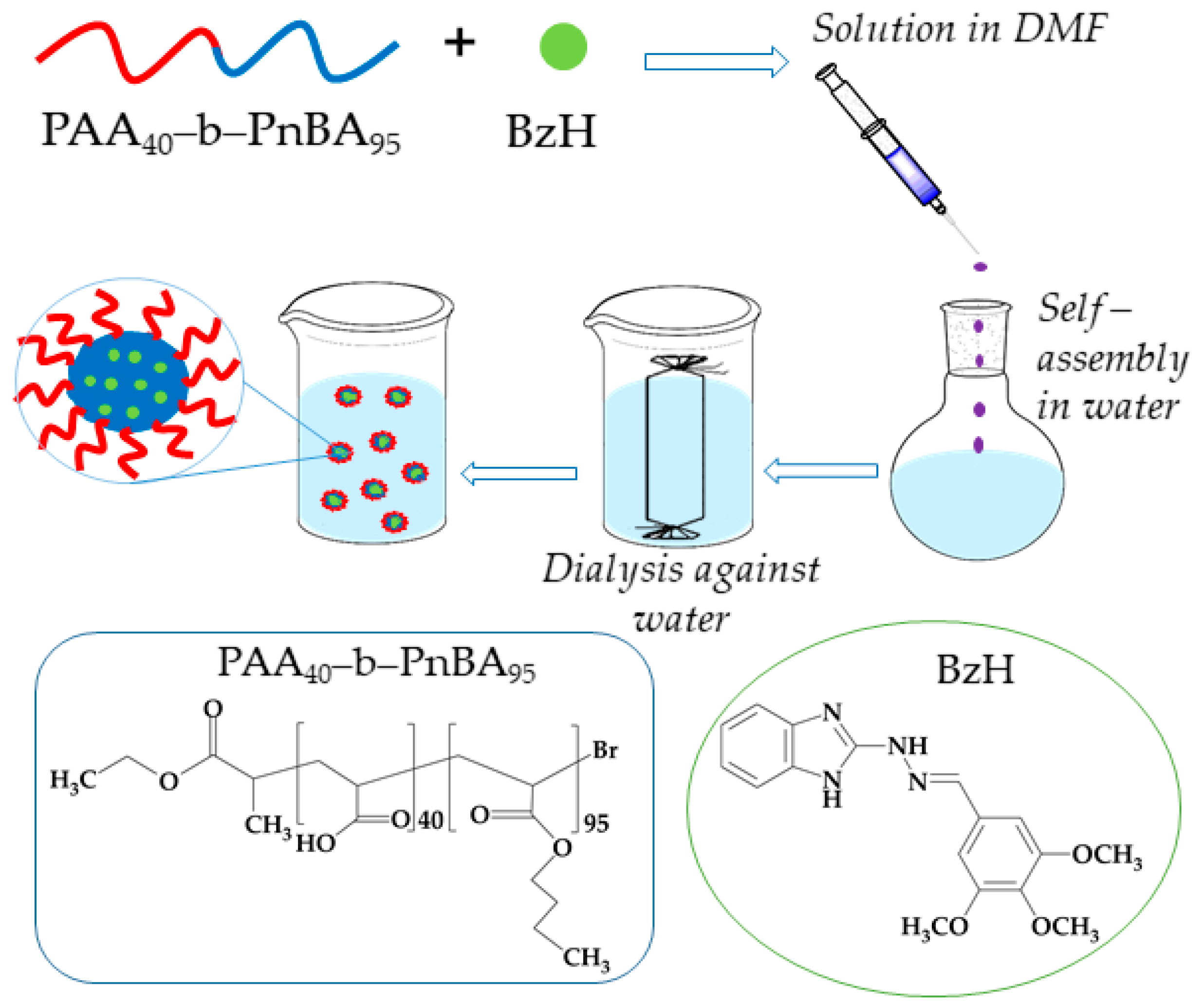
Novel Fluorescent Benzimidazole-Hydrazone-Loaded Micellar Carriers for Controlled Release: Impact on Cell Toxicity, Nuclear and Microtubule Alterations in Breast Cancer Cells
Molecules,28,
5034

Fused Triazinobenzimidazoles Bearing Heterocyclic Moiety: Synthesis, Structure Investigations, and In Silico and In Vitro Biological Activity
Vibrational Spectroscopy,128,
103580
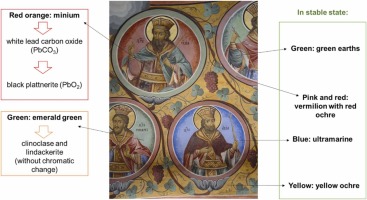
Characterization of art materials and degradation processes in the exterior wall paintings of the main church of Rila Monastery, Bulgaria
Molecules,28,
6109
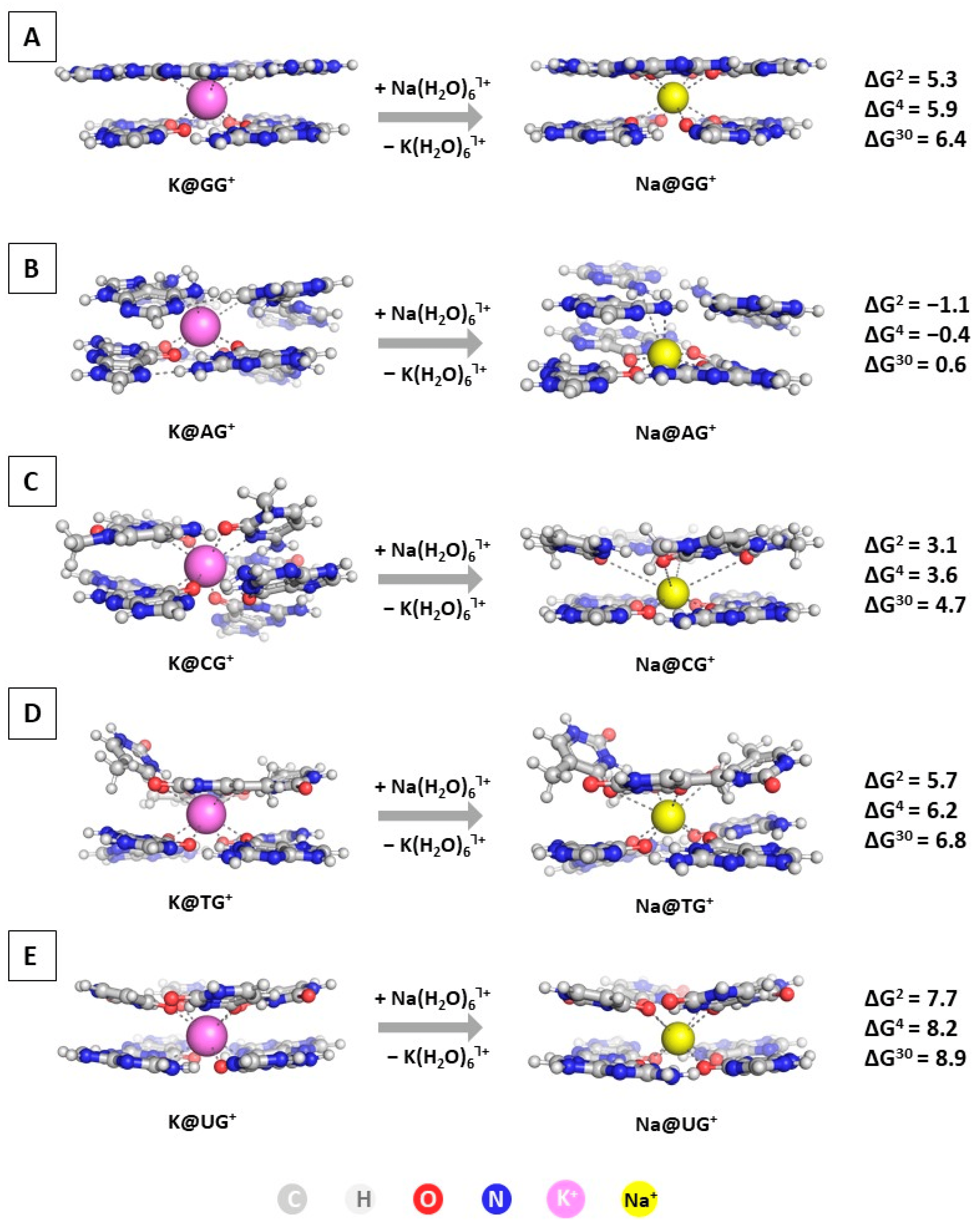
Theoretical Assessment of the Ligand/Metal/Quadruplex Recognition in the Non-Canonical Nucleic Acids Structures
Journal of Molecular Structure,1271,
133927
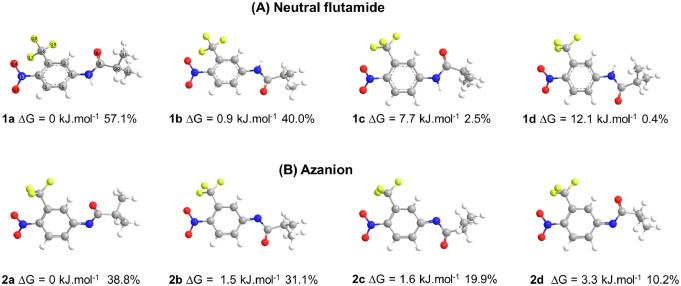
Anion and radical anion products of flutamide studied by IR spectra and density functional calculations
Comptes Rendus de L'Academie Bulgare des Sciences,76(3),
377Ė387
The Wall Paintings in the Russian Church St. Nicholas in Sofia: a Technological Study by Integrated Analytical Approach
Molecules,28(1),
291
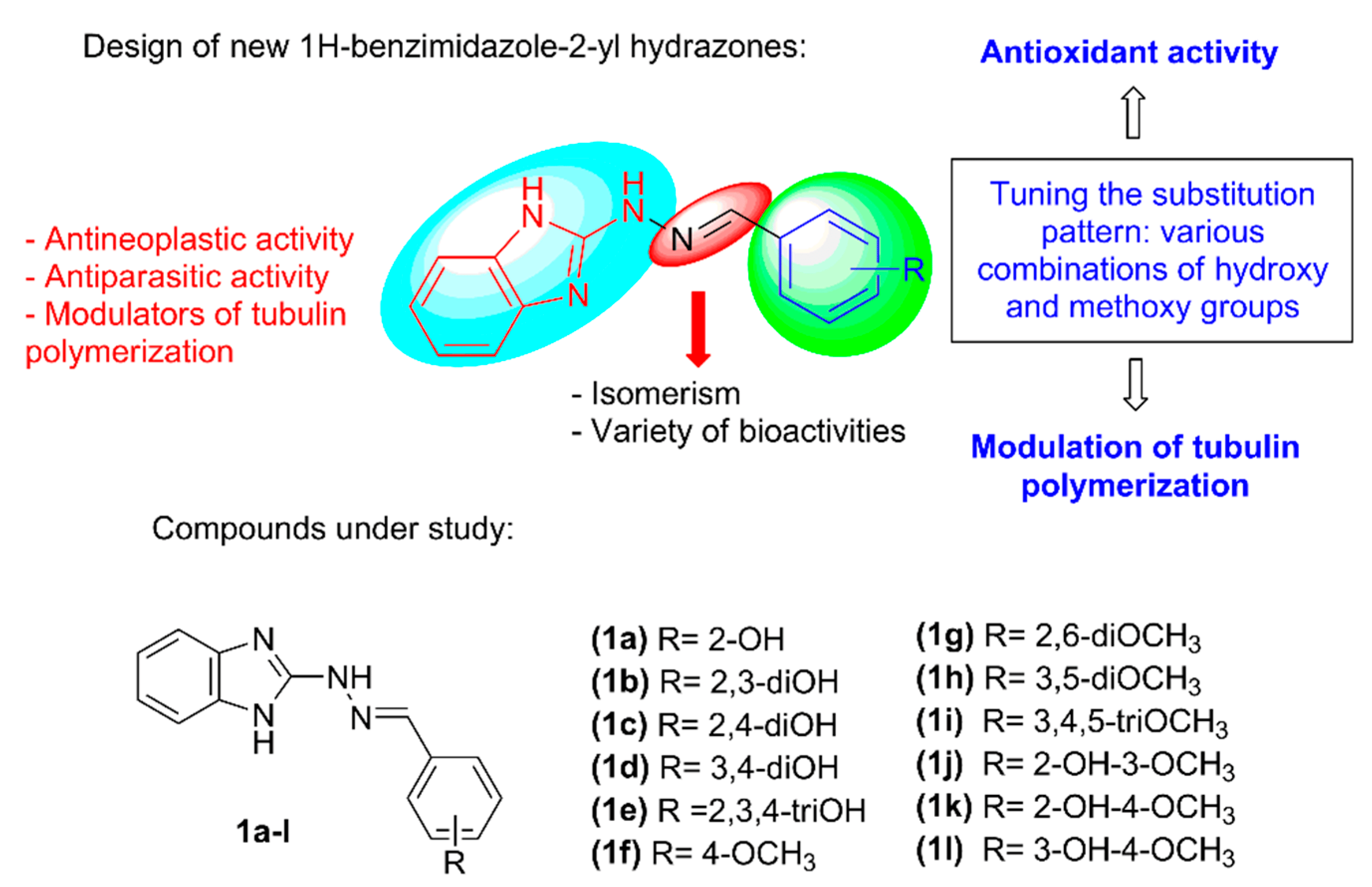
Modulation Effect on Tubulin Polymerization, Cytotoxicity and Antioxidant Activity of 1H-Benzimidazole-2-Yl Hydrazones
Journal of Physical Chemistry B,127(20),
4364-4373
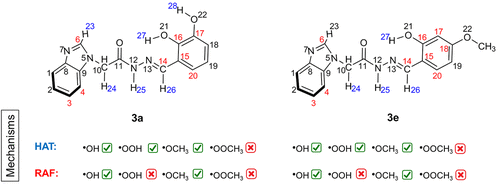
Radical Scavenging Mechanisms of 1-Arylhydrazone Benzimidazole Hybrids with Neuroprotective Activity
RSC Advances, 11,
39848
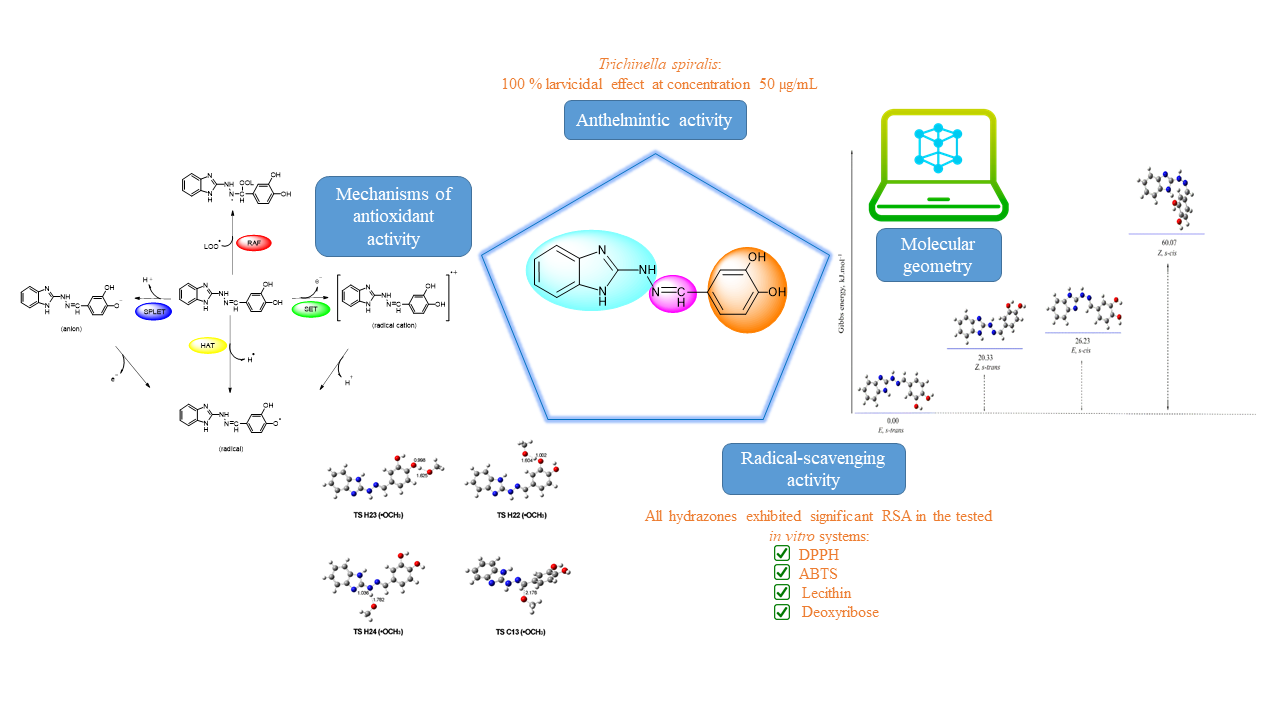
New 1H-benzimidazole-2-yl hydrazones with combined antiparasitic and antioxidant activity
Chemico-Biological Interactions
345,
109540
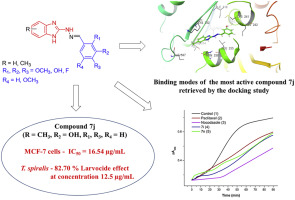
1H-benzimidazole-2-yl hydrazones as tubulin-targeting agents: Synthesis, structural characterization, anthelmintic activity and antiproliferative activity against MCF-7 breast carcinoma cells and molecular docking studies
Neural Regeneration Research
16(11),
2299-2309
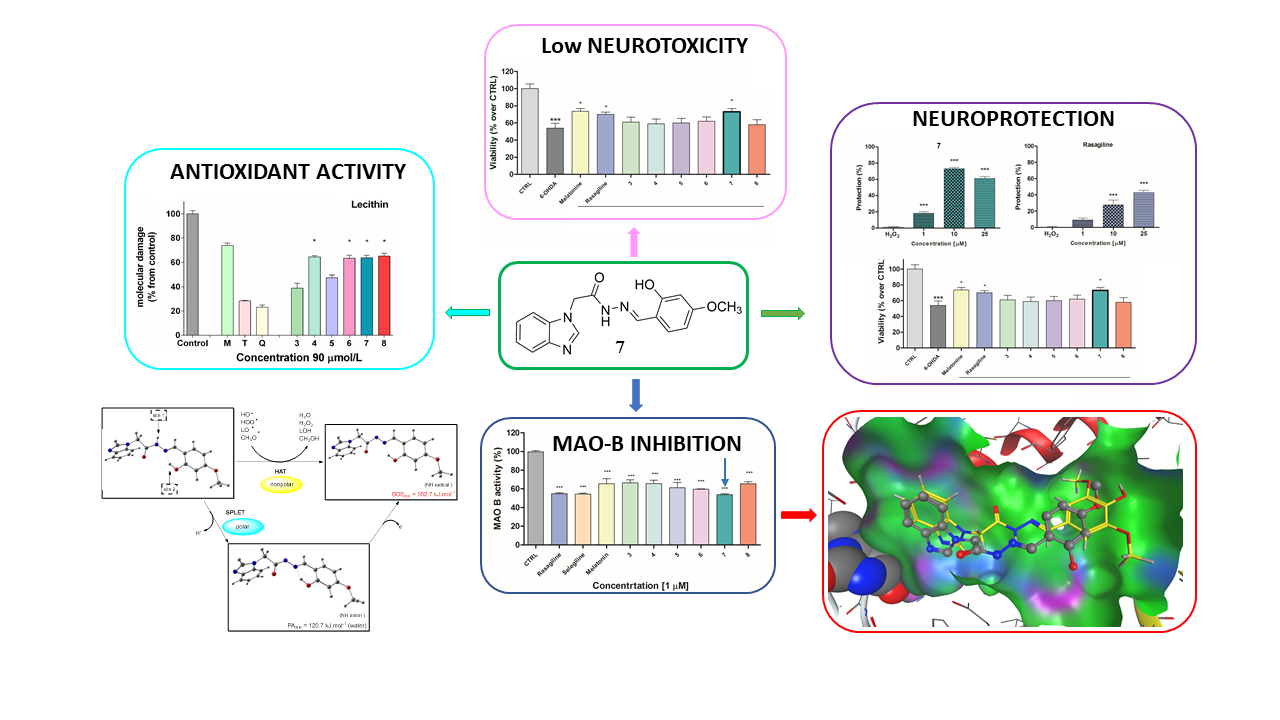
Evaluation of the combined activity of benzimidazole arylhydrazones as new anti-Parkinsonian agents: monoamine oxidase-B inhibition, neuroprotection and oxidative stress modulation
The European Physical Journal Plus
136,
733
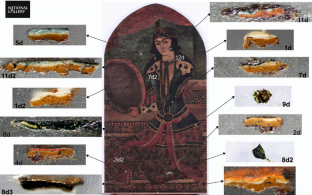
Three Persian Qajar paintings from the National Gallery Sofia. Study of the technology and the composition materials for the purpose of dating and conservation evaluation
Spectrochimica Acta - Part A: Molecular and Biomolecular Spectroscopy
247,
119087
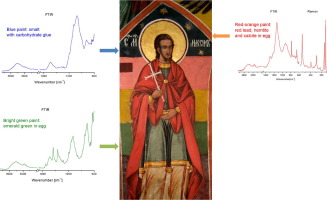
The altar wall paintings of the catholicon ďThe Nativity of the VirginĒ, Rila Monastery, Bulgaria: Identification of the painting materials by means of vibrational spectroscopic techniques complemented by EDX, XRD and TGA analysis
Journal of Molecular Structure
1226,
129303
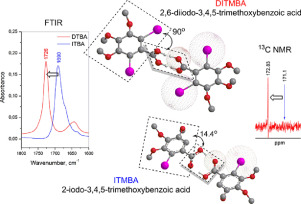
Spectral behavior peculiarities of the carboxyl functional group in iodine encirclement - the case of 2,6-diiodo-3,4,5-trimethoxybenzoic acid
Photochemistry and Photobiology
97 (4),
710-717
Binding Expedient of 2-carbamido-1,3-indandione to Nucleic Acids: Potential Fluorescent Probe
The Journal of Physical Chemistry Letters, 11 (4),
1390-1396
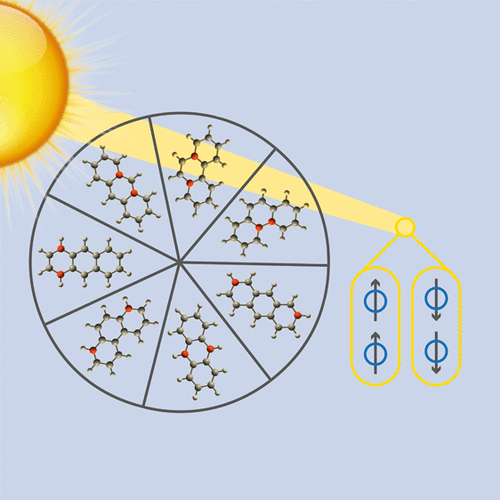
Boron-Doped Polycyclic Aromatic Hydrocarbons: A Molecular Set Revealing the Interplay between Topology and Singlet Fission Propensity
Chemical Physics, 535,
110763
